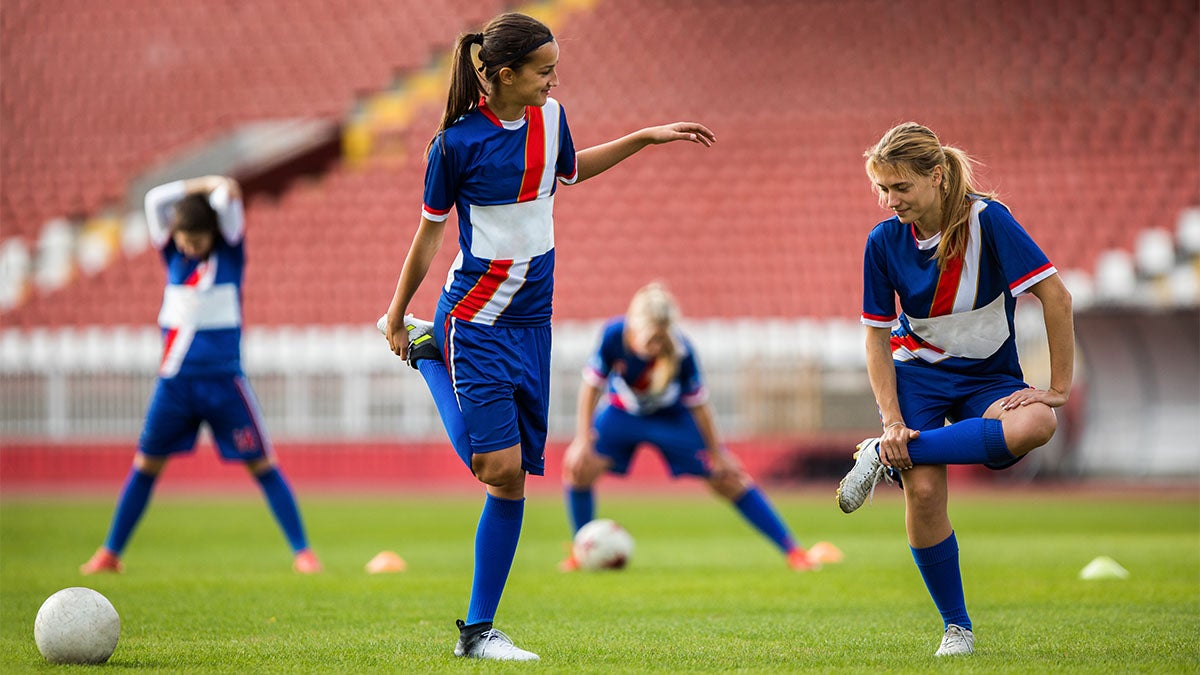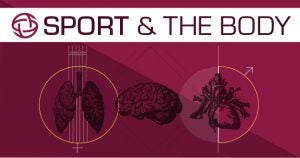Dynamic stretching is the key to a good workout

Should you stretch before a workout?
When you’re healthy, yes. Stretching reduces the risk of injury, increases range of motion and decreases stiffness in muscles, and it’s an important way to help athletes stay healthy through a rigorous training schedule, according to the Mayo Clinic.
The Mayo Clinic emphasizes using proper technique to maximize these stretches, making sure that you focus on major muscle groups and balance the stretches on both sides of your body.

“Tight muscles can cause undue strain on the neighboring joints during normal daily function, or they themselves can become injured," Sasha Cyrelson, clinical director at Professional Physical Therapy, told SELF.
“We need to take an active role in maintaining and improving the length of our muscles so we can continue to enjoy our abilities without pain."
Stretching is part of the proper warmup that gets the body ready to work out to full potential. Studies show that dynamic stretching such as arm circles, high knees or yoga is a better fit as a warmup to go along with cardio such as running or rowing. These stretching activities, rather than static stretching, mirror more of what you will do in an actual workout.
But static stretching has its place. More research shows that static stretching is best for after a workout. If done before, it actually might make you feel weaker while working out. Static stretches are ideal after a workout to improve flexibility.
Sport-specific stretches are also encouraged. Such stretches focus on the muscles most prone to injury in the sport, such as hamstrings for soccer or shoulder for baseball.
There are a few stretches that every athlete should utilize:
Lunges: Work hips, hamstrings, glutes and muscles on the insides of the thighs (adductor).
High knees: A dynamic stretch that utilizes quads, glutes and calves.
Arm circles: Another dynamic stretch that works shoulders, biceps and triceps.
Iron cross stretch: Stretches out the lower back and hips.
A study conducted published by the European Journal of Sports Science looked at how sessions of stretching affected range of movement and stiffness in the muscles and tendons, measuring range of motion (RoM), passive resistive torque (PRT) and maximum voluntary contraction (MVC).
The study randomly tested 14 subjects on four different days, with three varying intervals of rest (no rest, five minutes, 10 minutes) after a static stretching session or a control session. The results confirmed the increase in RoM and a decrease in MVC from the test group to the control group, plus a decrease in PRT and muscle stiffness.
Stretching is also a method of de-stressing. Dean Ornish, founder of Preventive Research Institute in California, says the two relate closely to each other.
“As you know, your mind affects your body and your body affects your mind,” he told WebMD. “During times of emotional stress, the muscles in your body contract. This is an adaptive response to acute stress, as it fortifies your ‘body armor’ so that in times of danger, if you get hit, for example, your muscles help to protect you.”
“However, in times of chronic stress, these same mechanisms that have evolved to protect us can create problems – chronically tensed muscles, especially those in the back and neck, predispose to chronic pain or injury. Thus, stress management techniques can help prevent this. Also, gentle stretching of chronically tensed muscles provide relaxation to the mind as well as the body.”
TJ Mathewson is a senior sports journalism student at Arizona State University

